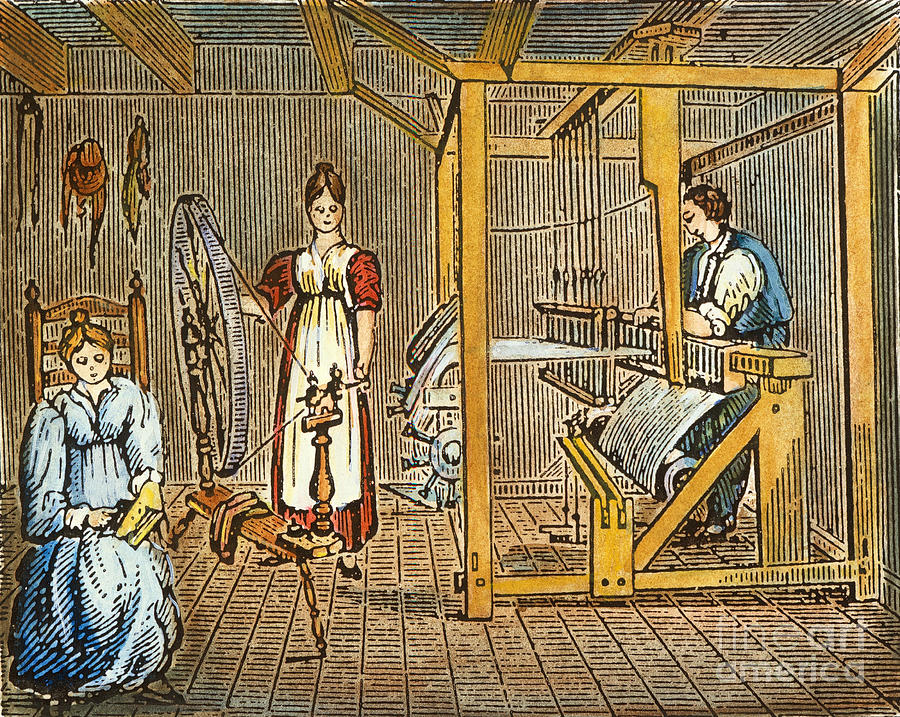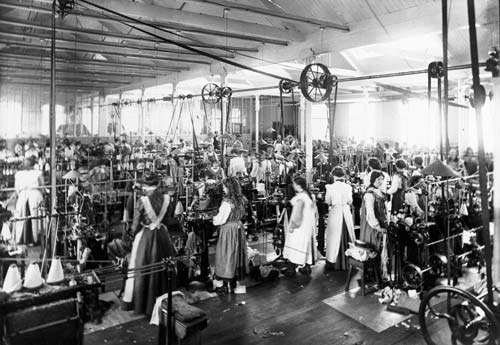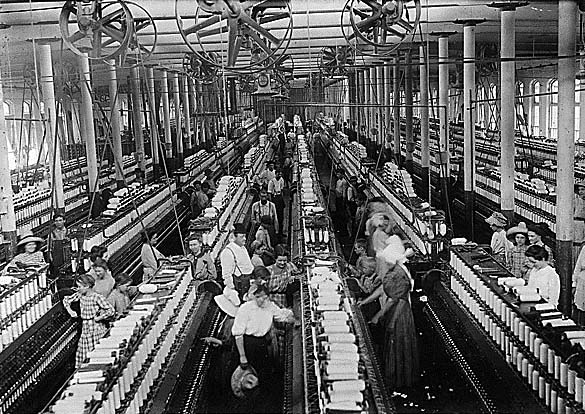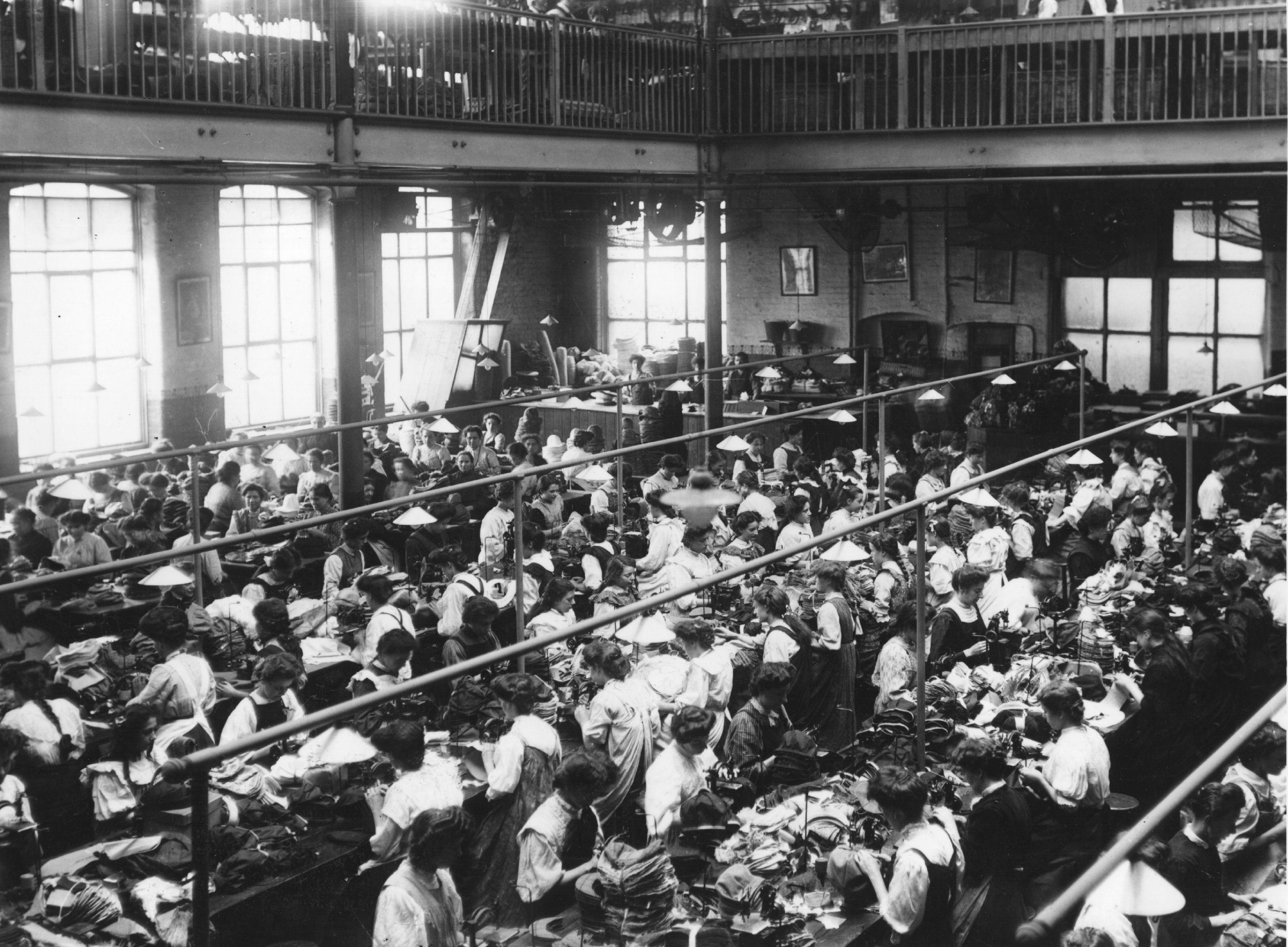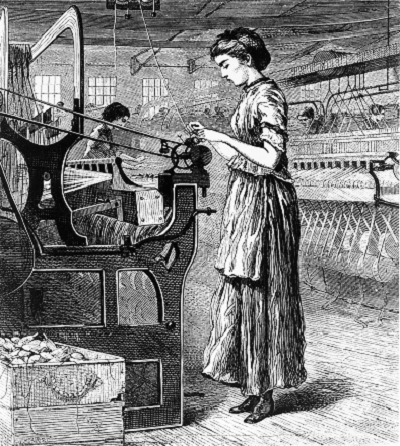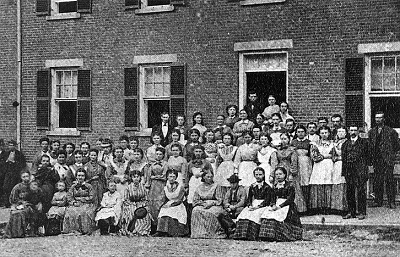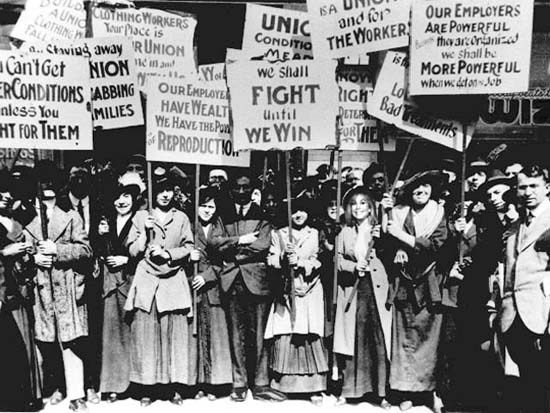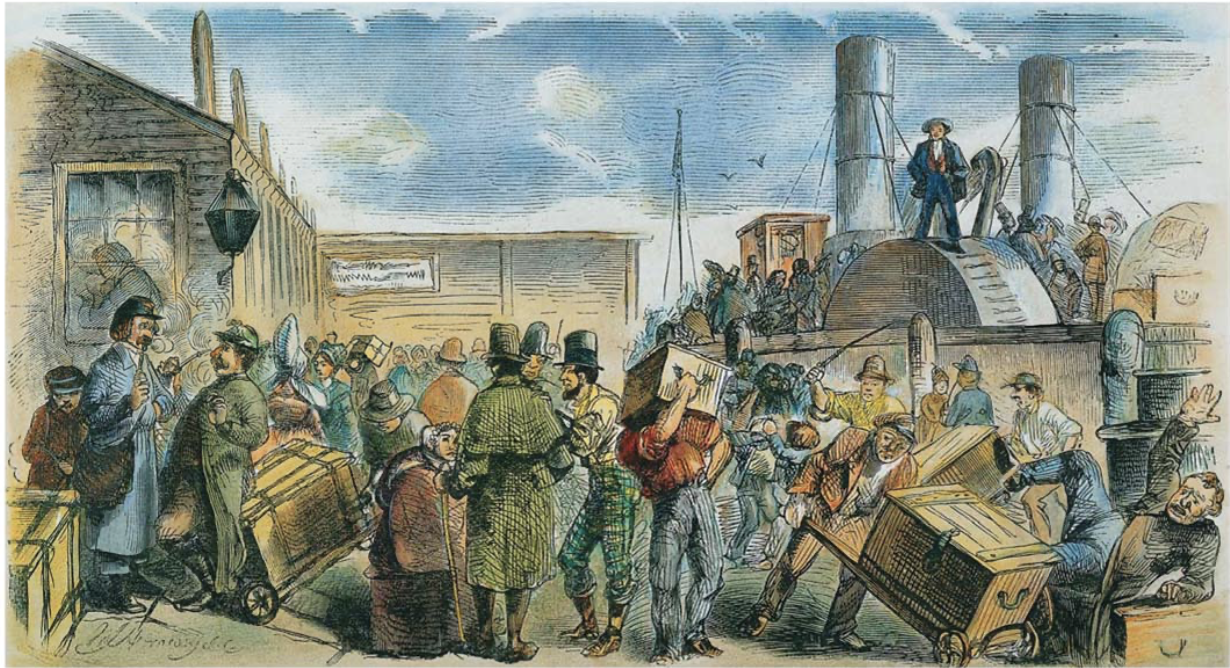🧺 Cottage Industry System 🧺
what is a “cottage industry”?
Before factories, clothes were manufactured using a system called Cottage Industry. Here is how it worked:
- Workers were sent textiles from the manufacturer, along with instructions with what to make.
- Workers would manufacture the product at home. Normally, the workers were woman, but sometimes the children would help out.
- Workers would send the finished product to the manufacturer and they would be paid by the piece.
While this system worked, demand kept rising faster than manufacturers could keep up. And with this problem, so came factories...

Women working in the cottage industry system Source
